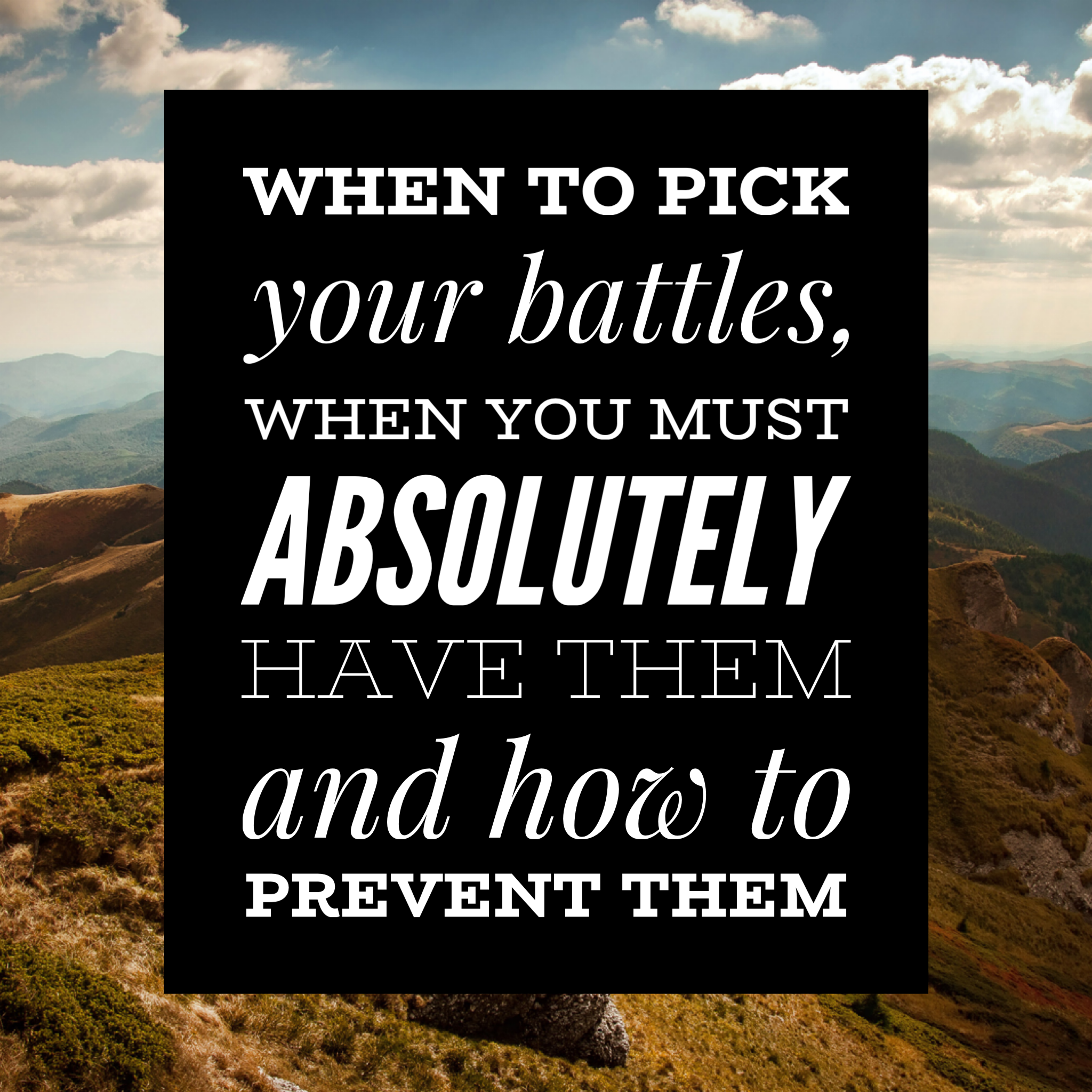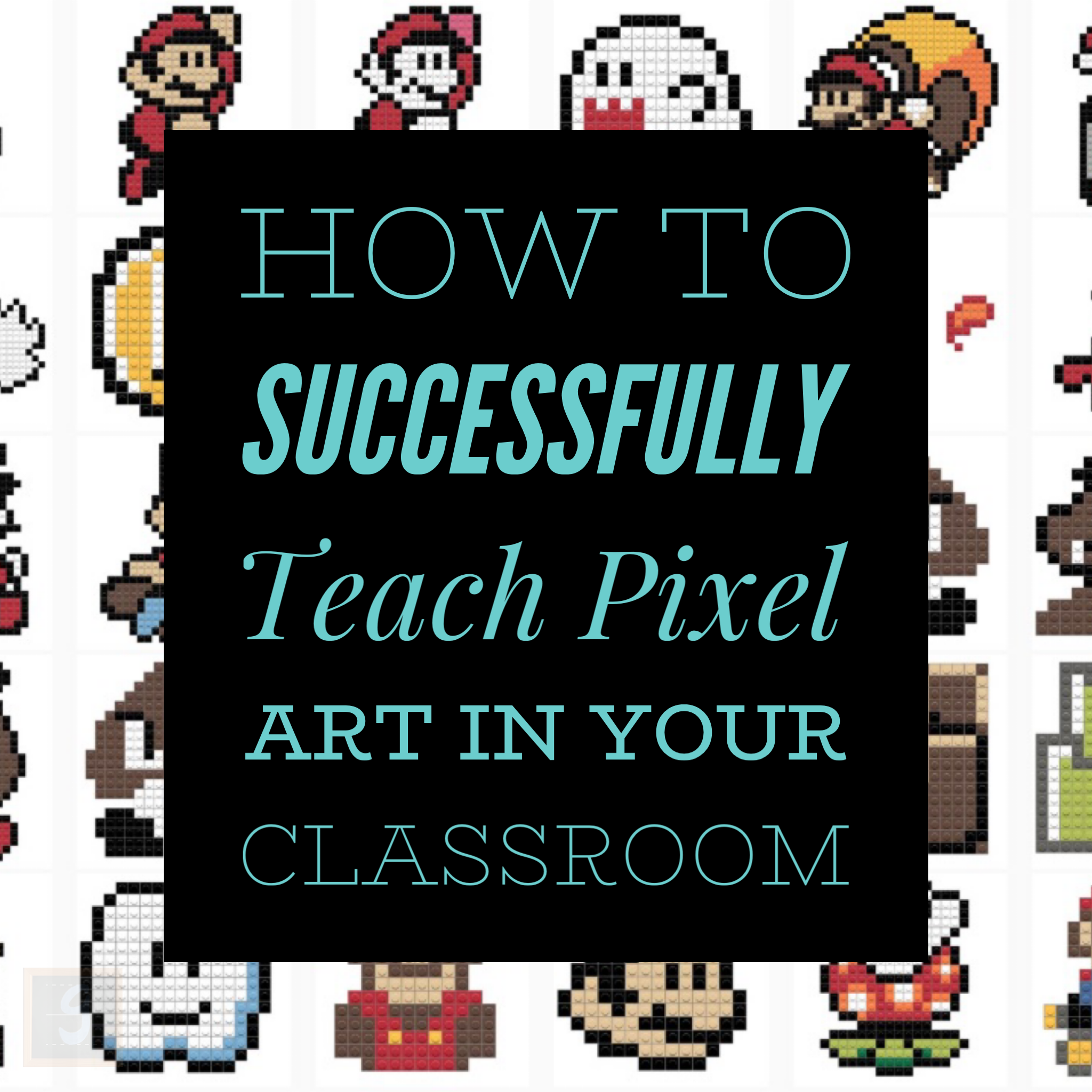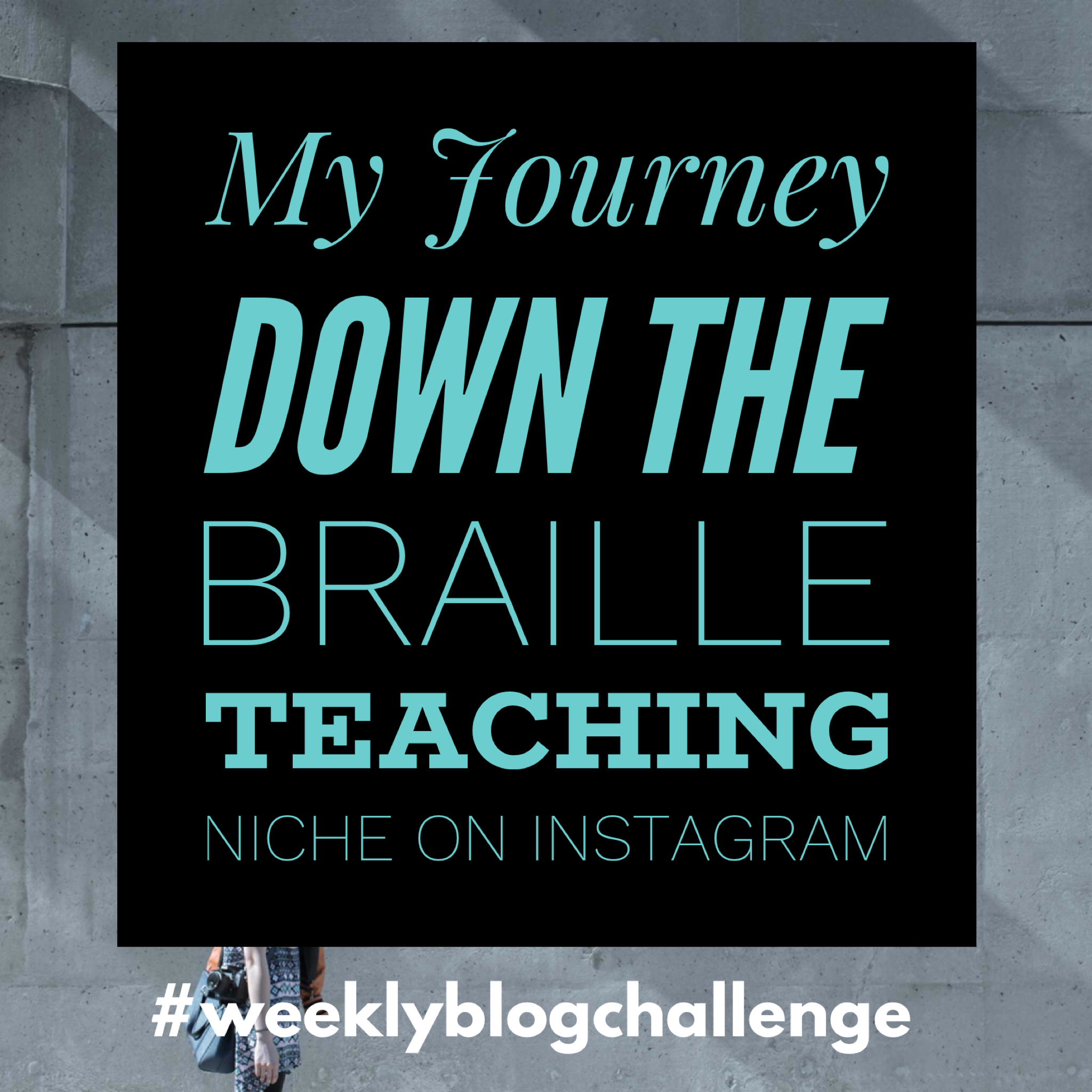Every teacher will hear the phrase ‘pick your battles’ at some point in their career. While this is great advice, unpacking this phrase can be an incredibly complex task. This is the reason why it took so long to write this blog. So, when do we pick our battles? When must we have them and how do we prevent them as much as humanly possible?
The next question you might have is what makes me an authority on such an important topic?
Well, I have received positive feedback from staff stating that ‘your behaviour management is ridiculously good’ and that I have the ability to win over even the most challenging of students. This comes from education assistants that I have worked with, from my line managers and from behaviour management experts from SSEN-B. While I have a lot of practical experience please keep in mind that I am only offering my opinion of what works.
To provide more context to the reader, when I refer to students, I am referring to challenging students. I would classify challenging students as students who have anger management issues, students who are disengaged with formal education and students who have been diagnosed with oppositional defiance disorder (ODD). ODD students are especially challenging to work with. A lot of my experience also comes from a primary school context as a year five/six teacher.
So here is my latest blog as part of my #weeklyblogchallenge ‘When to pick your battles, when you must absolutely have them and how to prevent them’.
When to pick your battles?
Don’t get me wrong about ‘picking your battles’ and mistaking this for inaction. To the ‘average armchair general who goes off at teachers’ this might seem like us ‘NoT DoInG oUR JoBZ’.
But its not.
In my experience, there are only two circumstances which allow you to defer a ‘battle’.
There is no disruption to the classroom/school
The safety of the students isn’t affected by the student’s behaviour
Here is a classic example of deferring a battle.
One student, let’s call him Joe Bloggs, would never pay attention to me during instructions and hated completing work. If I were to utilise the behaviour management strategies I normally use for students who aren’t listening, like all the low level CMIS strategies, the situation would always end in a power struggle. He would walk out of class, he would lose his temper and he didn’t want to be at school; however, he wasn’t a disruption to the class if he was off task.
So, I tried something different because having constant battles over this behaviour was wasting time that could be better spent educating the classroom. After all, the definition of insanity is doing the same thing repeatedly and expecting a different result each time.
This time I ignored his inattentiveness and delivered my lesson like normal. Boy was it hard ignoring this behaviour! After I finished, I then quietly walked up to him and said, ‘What are you having trouble with?’ In the beginning he didn’t say a word, but he was thinking and processing what I said. I then sat there and counted to 5,000 by lots of 1,000 to encourage wait time. I then said, ‘Well have a think about it and when you’re ready I’m more than happy to help you.’ I went back to him again after 2-3 minutes and said, ‘Are you still stuck?’
I did have to eventually remind Joe that if he doesn’t make a start and do his best then I’m going to have to put him on a traffic light colour because he was using this as a crutch for not doing any work.
I then said, ‘I’d like you to try these two questions.’ Setting micro-goals like this are perfect for your work resistant students. I walked away again to go help the rest of the classroom. After about 2-3 minutes I then went back over to Joe again. He saw me coming over and he picked up his pen to give off the impression that he was working. I rewarded him in his reward book and said ‘Great, you’ve made a start, do you still need help?’
Eventually he opened up and said, ‘I don’t know how to do this’.
At last I had success.
This event then led to conversations about why listening is important, that he can always come to me if he doesn’t understand something and that there is no such thing as a silly question. Kids like this will always test you to see if you truly care about them.
In this situation the deferral of the initial battle over paying attention to my instructions and completing his work was more of a ‘slow burn’. This battle lasted about 10 minutes to start with and subsequent battles about these behaviours got shorter and shorter throughout the year. By practising behaviour management in this manner, I actually got something out of the student instead of nothing.
Once Joe entered High School, I recall this student’s mother coming to me and requesting me to speak to his high school teachers about how to best handle him. So, if you find yourself in a situation that feels a bit like ‘Groundhog Day’ then you need to consider deferring your battles.
When you must ABSOLUTELY have the battle
You cannot tolerate bullying, violence, sexism, ableism and racism in your classroom. All students have a right to feel safe at school and these battles about ‘isms’ MUST be addressed. Remember, ‘having the battle’ does not mean you have to address the problem in the same way for each student.
So which strategies work when you need to have a ‘battle’ with a challenging student? Well here is a list of suggestions (which is by no means exhaustive):
Consistently follow your school’s behaviour management plan or the student’s individual behaviour management plan. If you give students an inch, they will take a mile.
Don’t prejudge a situation if a student has come to you about said challenging student
Private conversations are far more productive than public conversations e.g. in the playground, I tell the other students who are milling around to go away before I speak to the student
Listen to the challenging student before coming to a decision, they aren’t always the instigator of conflict and are sometimes ‘stitched up’ by other students
·Target the behaviour, not the child
Provide take up time for the student to process what’s happened before discussing the problem, especially if they are angry.
Having an agreed space where they can cool down for a brief period
Come to an understanding that you will ABSOLUTELY discuss with them what has happened
Practice with a student the agreed process you want them to follow if they need to cool down.
After they have come back from buddy class/the office then you will need to have a chat with them about what happened.
What does not work with these students:
Taking things personally
Inconsistent discipline
Do not escalate with these students, yelling does not work with them. The message you want them to learn gets lost in the emotion.
Don’t bombard them with questions in quick succession
Don’t join in disciplining a student when another teacher is already dealing with the situation. Stay out of this conversation.
Don’t belittle the student
Publicly disciplining students should be avoided
Judging them on their reputation
Don’t compare them to an older or younger sibling
Using physical restraint, this is a strategy of last resort and should ideally be utilised with two staff members present who are properly trained.
While these strategies are aimed at challenging students, they also work incredibly well for students who don’t have challenging behaviours.
After all, good teaching is just good teaching.
How to prevent them
Understanding & mindset
Preventing battles starts with having the right mindset for teaching and understanding the students that you teach. We know that our challenging students who come into our classrooms are more than likely to come from a traumatic background. They come to school with their emotional cup already full and unless they feel secure, there probably isn’t any room for curriculum.
For many of our challenging students, school may be their only safe place.
You also must like working with children, all children. As the saying goes, ‘Children don’t care how much you know until they know that you care.’ Students can tell if you don’t like them. If you don’t like working with children, then teaching might not be the right profession for you.
Establishing a good rapport
If you have the right mindset then establishing a good rapport with your students should come naturally; however, there are always strategies we can use to speed up this process.
Tips for establishing a good rapport with students (once again, this list is by no means exhaustive):
Saying hello and goodbye
Speaking to students at eye level
Apologising when you are wrong
Doing little things for them e.g. I occasionally pick up their rubbish if they are holding onto it during recess and lunch
Using manners
Treating kids with respect even when they are treating you and others unfairly
Taking an interest in their hobbies and activities outside of school
If you are unsure about their new hobby, then ask them a few questions about this
Learning their strengths and then utilising these in the classroom in some way
Stopping what you are doing and giving them your full attention (if possible)
Having effective behaviour management skills. If students feel safe, then they will look up to you
The recommendations for how you have the ‘battles’ mentioned earlier help a lot because it will show your students that you are firm but fair.
The great thing about having a good rapport with your students is that they will feel less inclined to misbehave in class. You can then cash in this rapport when asking your students to improve the quality of their work and when trying to raise the standard within your classroom.
But the best strategy to preventing battles in the first place is to develop outstanding behaviour management skills.
Effective behaviour management skills
I believe effective behaviour management is the most important skill a teacher can develop. Without constantly refining this skill, there is no way that a teacher can last within the profession. While reading this blog and a few other blogs are great, they are no substitute for attending effective professional development for this essential skill.
The two behaviour management professional learning courses I recommend are
At these courses you will expand your range of low level strategies such as: use of proximity, call to attention, the look, squaring off, effective transitions, using your allies, broken record, planned ignore, minimal verbal instructions etc. Low level strategies such as these will prevent 95% of problems within your classroom.
A good school wide behaviour management policy that is constantly reviewed and improved upon is also an essential component. Everything that I have talked about in this blog has occurred within the context of an amazing behaviour management system with clear processes and supportive admin.
Final Thoughts
I’ve wondered about what note to end this blog on and I think a dose of realism is needed. I am going to say something very unpopular to those of you who aren’t teachers but it’s some timely advice that I received from a very experienced teacher.
“Some students are simply management cases and you cannot save them all.”
This cohort, which is at the extreme end of challenging students, have experienced such a high degree of trauma and dysfunction in their lives that school will never be a priority for them. They have so much turmoil going on in their lives that the last thing they are ready to do is to learn. These kids unfortunately will most likely end up in jail. I know of about 5 former students of mine who are now in or have been in juvenile detention.
Remember this isn’t the 5% of challenging students I was referring to throughout my blog, this is the 1%-ers I’m talking about. This also doesn’t serve as an excuse to give up on them. If they show up to school, then you do your job and you do it well!
If these students ever get the chance to reflect on their lives, I hope they will remember what myself and other like-minded teachers did for them and how we treated them fairly. If they are ever asked which teachers they liked at school, I hope my name is mentioned. Hopefully the lesson they were most likely to learn from school is not their times tables but how there are people out there who care for them and who are willing to give them a fair go.
I can only wonder and hope.
IF YOU THINK THIS WEBSITE IS AWESOME THEN PLEASE ...
Bookmark this page.
Follow us on Instagram | @griffin_edu
Like and follow us on Facebook | @griffineducationenterprises
Follow us on Twitter | @Griffin_Edu
Follow us on Pinterest | Griffin Education Enterprises
Join our mailing list down below.
Consider supporting us on Patreon.
And most importantly, share this website with other educators!















